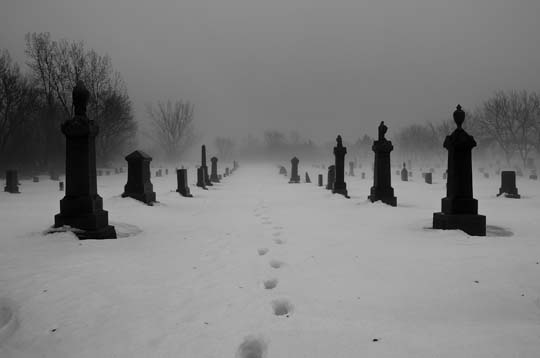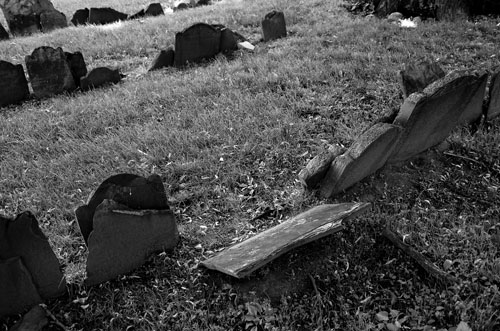Death
18. Not Everyone Dies at Home – One of the most frustrating genealogy brickwalls that can occur is when you have decent information about an ancestor but a death certificate remains elusive. Most people will understandably look for death records in the state or province where the person lived. However, when people are retired and in the later stages of their life they often take extended trips to visit relatives. Consider the possibility your ancestor may have died when visiting a relative.
For example, if they died relatively young, they may have been visiting a sister or brother. If they died relatively old, they may have been visiting one of their children. It is worth checking for death certificates at the location of close relatives. Your ancestor could have also been in prison or hospital before they died. At the very least, if your ancestor lived near a state or provincial border consider checking death records in neighbouring jurisdictions.
19. Similar Tombstones – Tombstones come in many different shapes and sizes. In some cemeteries, all the tombstones look the same (such as in a military cemetery). In other cemeteries, each tombstone can be unique and different from all the other tombstones. Or are they that unique? It always helps to pay attention to the styles and arrangements of tombstones in cemeteries. Large extended families would often buy several plots in a cemetery, but not necessarily all at the same time. As a result, these plots were not always next to each other.

Sometimes the grave plots were spread out over several rows; much like extended families lived in the same neighbourhood, but not necessarily next to each other. Families, however, typically used the same tombstone company and often showed a preference for a certain ‘look’ to the family tombstones. If you can locate one of your relatives in a cemetery, try walking around to see if there are other tombstones in the same part of the cemetery with the same look and style. They may also be your relatives or have some connection to your relatives. This is a surprisingly effective way, for example, to find a married woman’s parents or to find a woman who is buried under her married name if you happen to locate the parents.
20. Missing Tombstones – Often in old run-down cemeteries there are missing gaps along rows of tombstones where one would expect to find tombstones. So what happened to the missing tombstones? They might still be there. You just can’t see them. Old tombstones tend to fall over and get buried in the grass over time, especially if the cemetery has gone through a period of neglect. There is a simple way to detect if there are tombstones lying just under the surface. Walk along with a stick that has a metal tip. Gently push it just slightly into the ground. If there is a tombstone just under the surface then you will feel it.

Obviously, you need to be careful about this technique. Be gentle. Don’t damage anything. Always stay on the path and never stand over the area where a casket may be buried. If you use some common sense, this can be an effective way of finding missing family gravestones. In particular, children’s tombstones (which are often smaller than adults) are less likely to be noticed when they fall over and regularly get buried under the grass. (see A Simple Way to Read Old Tombstones).

